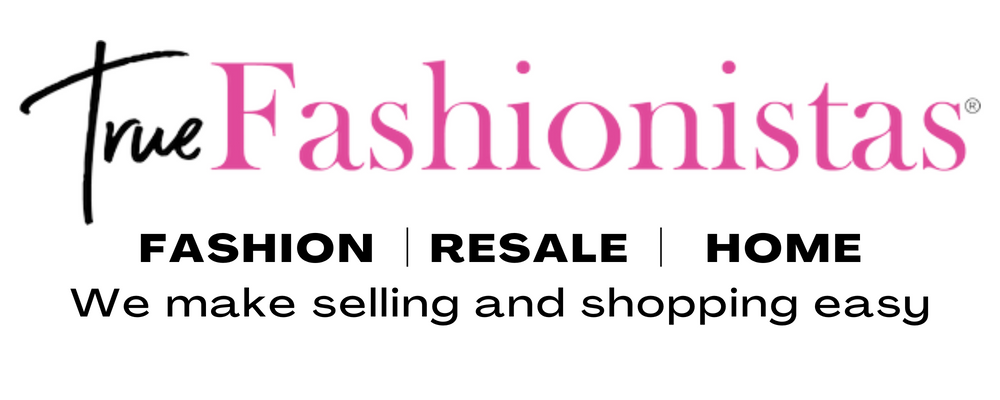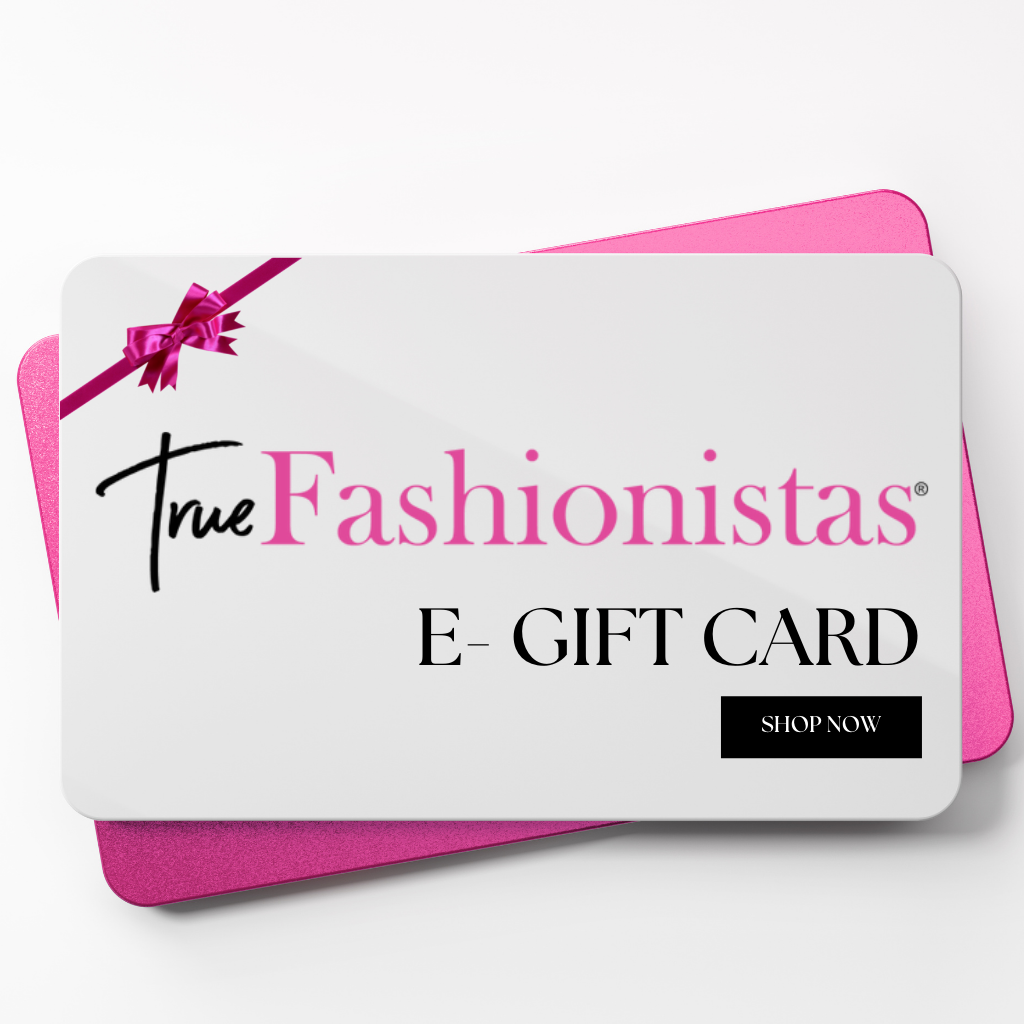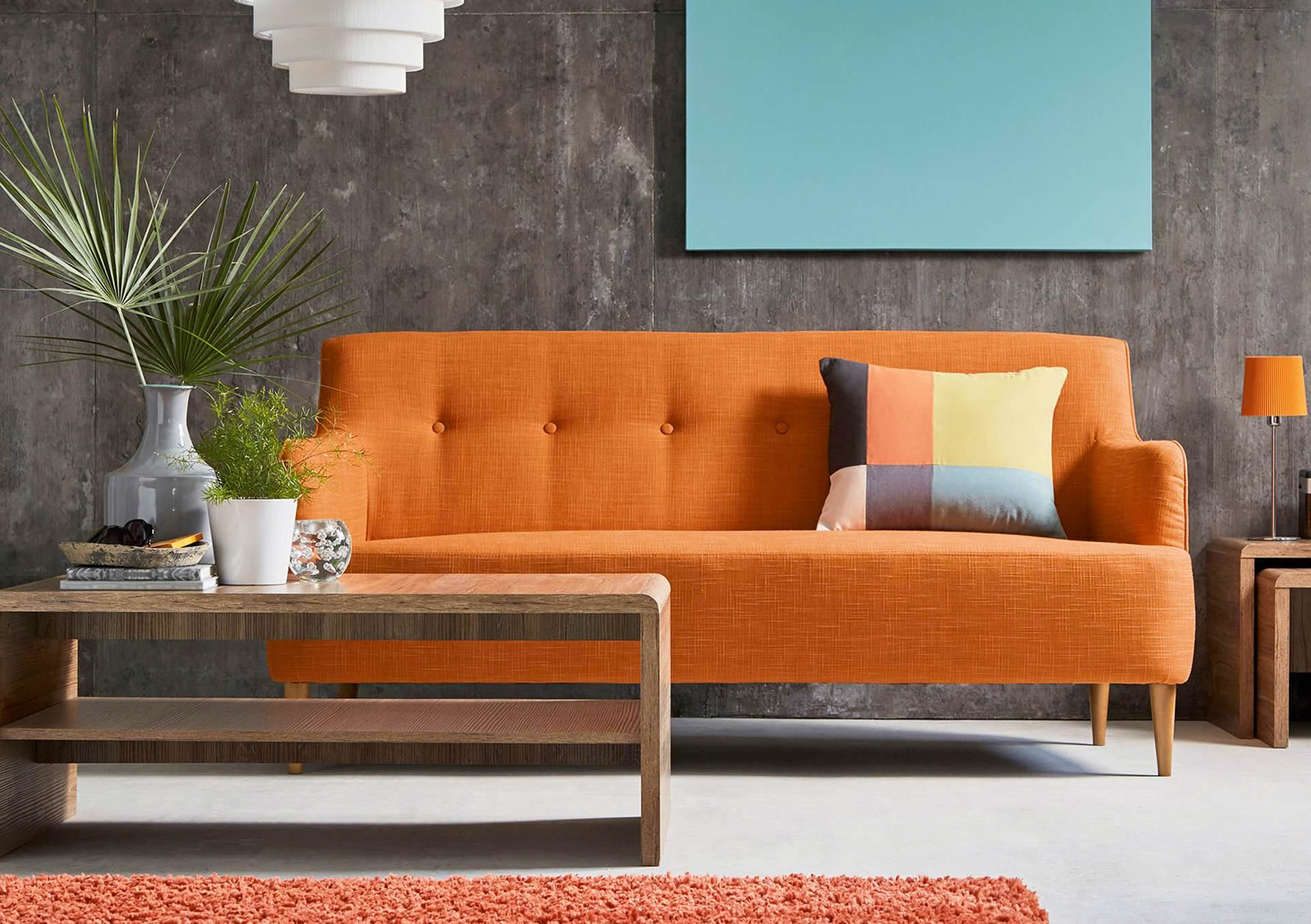FENG SHUI 101
Let’s just clear something up first and foremost. It’s pronounced FUNG SHWAY. Next order of True Fashionista business… literally translated, feng means “wind” and shui means “water”, and in Chinese culture, wind and water are associated with good health. Therefore, since its introduction in China some 3,000 years ago, feng shui has evolved over the years into meaning the art and science of fortune; good feng shui is good fortune and vice versa. Certain elements of feng shui are related closely to the Taoist vision and understanding of nature, in that the land is alive and filled with chi, or energy, and the placement of yourself and objects within that space will affect the energy levels. By placing them correctly, you and your stuff will balance and harmonize with the energies in any given space, and also provide good fortune. (The Spruce)
Sounds like a lot, but let’s bring it into modern terms, courtesy of Feng Shui Nexus. The purpose of feng shui is to better our lives, by adjusting the physical structures, objects and environment that surround us. It can be applied to any environment, be it home, office, places of business, even burial sites.
In the home, good feng shui can comfort, soothe and nurture our mind and body. Proper floor plan, furniture and décor placement all factor into this harmony, which we hope to achieve by optimal interaction with the physical structures, objects, and natural environment that surround us. In order to set up your home just so, you’ll need the feng shui energy map, or bagua, which is an octagonal grid containing the symbols of the “I Ching”, the ancient oracle and text on which feng shui is based. The bagua is used to determine how to position furniture and other décor within each room for maximum positive benefit.
Via The Spruce, “The bagua map is used by first orienting yourself to the main entrance to the house, or the entry to an individual room, then using the map to identify the different key areas of the space. Then, specific items can be positioned in those key areas to enhance the feng shui. For example, the place defined as the wisdom area is a good place for a small stack of books, while the love and relationship space is a good place for a wedding photo.” Then you pull out your trusty feng shui compass, which is nothing more than a regular compass. (Interesting feng shui fact: the magnetic compass was originally designed for use in feng shui. Who knew?) By using the compass in accordance with the bagua energy map, you’ll be able to map out where your stuff should go.
Now that your space is laid out properly, you can use feng shui in other beneficial ways as well. That aquarium you enjoy looking at? Along with mirrors, your fishy collection can attract prosperity. Crystals, fountains and clocks each represent personal goals you’re trying to attain. Reference this easy to read chart by Morris Feng Shui to best utilize the Five Elements of Feng Shui Theory. The five elements are fire, earth, metal, water and wood, and each one “governs” a particular décor located in your home. Additional feng shui energy happens when you choose your color wisely, as these are also focused on strengthening and nourishing the feng shui element of the area you’re assembling. There are numerous color charts to reference. Try this one from Chimachine4u as a simple guide.
Morris Feng Shui also offers a wealth of feng shui tips. Find out which flowers will activate the energy in your home, and increase opportunities in your life by applying feng shui in your front entrance. Yes, you can even feng shui your bathroom! Even simple objects can affect the energy in your home when applying feng shui.
Make your home a True Fashionista paradise with a little feng shui in your life, and visit our new True Fashionista Home store and online for some great ideas. Happy decorating!
The post FENG SHUI 101 appeared first on True Fashionistas.





























